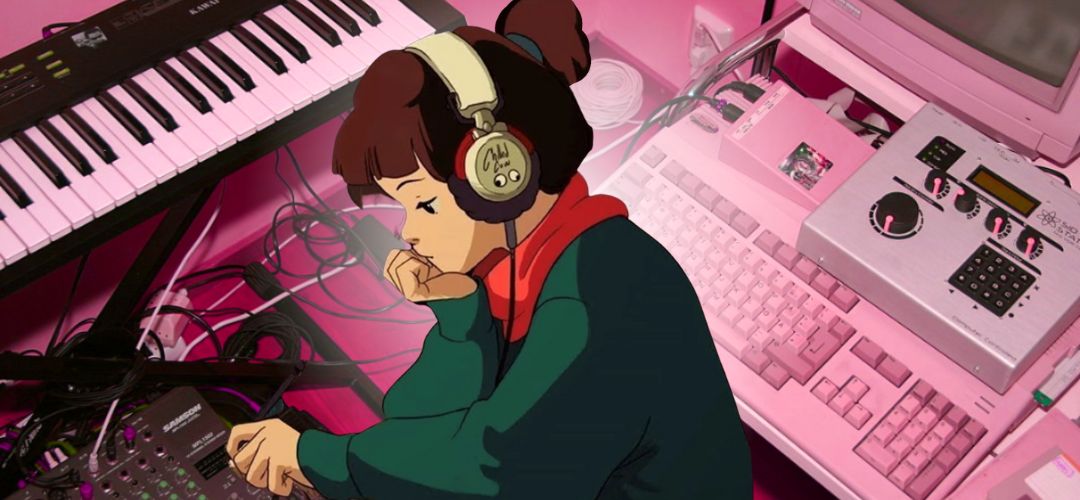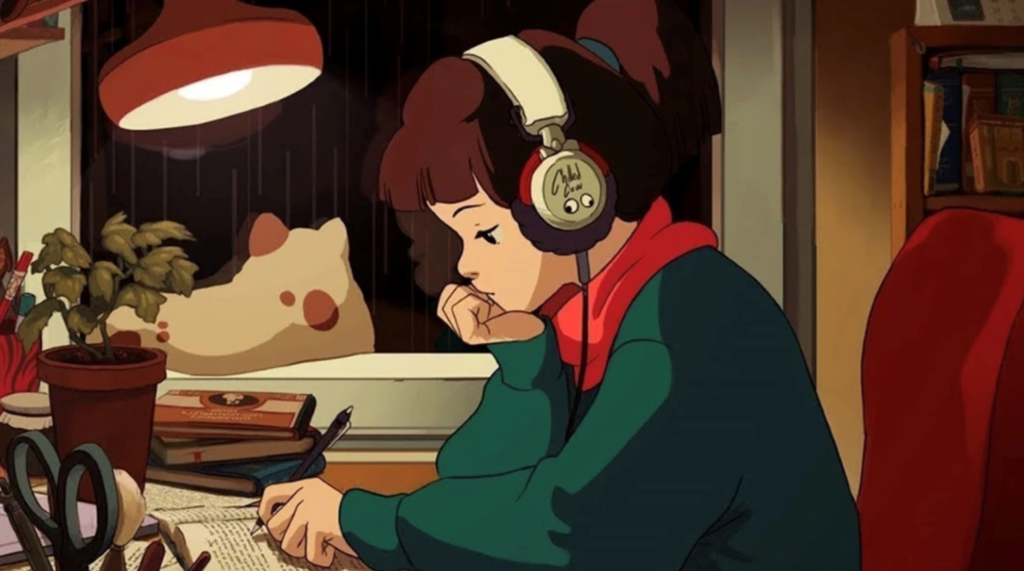
LoFi music has made a huge splash on the internet during the start of the pandemic, especially with mental health.
As people attempted to find new ways to focus and relieve stress while adjusting to a new work-from-home environment, Lo-Fi music steps in to bring in sounds that create the perfect ambiance for a stress-free productive environment.
According to Discovery Mazingine’s “ Why, LoFi Music Draws Listeners In” it defines Lofi as “ ‘ ‘low-fidelity,’ a term for music where you can hear imperfections that would typically be considered errors in the recording process …those ‘mistakes’ become an intentional part of the listening experience.”
The kind of music is rooted in no vocals, jazz sounds, bass and snare drums in a boom bat rhythm, and natural ambiance sound in everyday life coming together to create a beat that hits the sweet spot of not being over the top and not too slow which is perfect for stimulation.
One person highly credited for this style of creating beats is J Dilla a rapper/ producer from Detriot, who rose in the underground Hip-hop scene during the 90s.
He was highly respected in the hip-hop community and worked with big names like Erykah Badu, Tribe Called Quest, QTip, Common, etc. At the time of his last and most accredited work Donuts (2006) dropped, he was in the hospital due to complications with lupus.
He passed away after his 33rd Birthday. Most of what is listened to as Lo-fI music today has his musical legacy all over it.
These particular type of study/stress-free playlists is popular on platforms like SoundCloud, Youtube, and Spotify.
According to engadget.com’s “ The science behind the ‘beats to study to’ craze” Brain.FM’s company director Kevin Woods, who also holds a Ph.D. in auditory neuroscience was quoted stating:
“Good focus music has no vocals, no strong melodies, ‘dark’ spectrum, dense texture, minimal salient events (more on that later), heavy spatialization, a steady pulse, sub-30-200Hz modulation, and above 10-20Hz modulation… Ideally, focus music is going to have a drive and energy. You want a sense of motion in the music, not just something light and airy”
When it comes to mental health, there have been studies that correlate the kind of music that is listened to, and the arousal state you are in. A medium post by Elisabeth Sherman referenced this study created by a member of the Cambridge brain sciences team in 2017, Tram Nguyen.
Nguyen was quoted in the piece stating “ ‘High-arousal’ music often has more distinct events per unit of time than low-arousal music, potentially making it more distracting, because the listener is more focused on processing the music rather than the task at hand.”
The overall study proved that “low-arousal negative music — music with low tempos and minor chord melodies, which are usually associated with despondency and sadness — improved memory performance the most.”
This kind of music does have the potential to block out intrusive noise through aural cocooning which is when a sound is repetitive and predictable enough to tune extra noise.
This kind of music also creates sound spatialization. This means the music has an element that hears as although it’s actually in the same room compared to the way hear through regular headphones. The rhythm and repetition of these beats create a stimulating environment. This can also help with cognitive issues.
Although there are some studies, there isn’t anything overly stating that Lo-Fi can be a fixer helper for mental health. LoFi music’s ability to create a calm and chilling atmosphere is something that overall can help regulate your mental health and emotions throughout work and everyday tasks.





